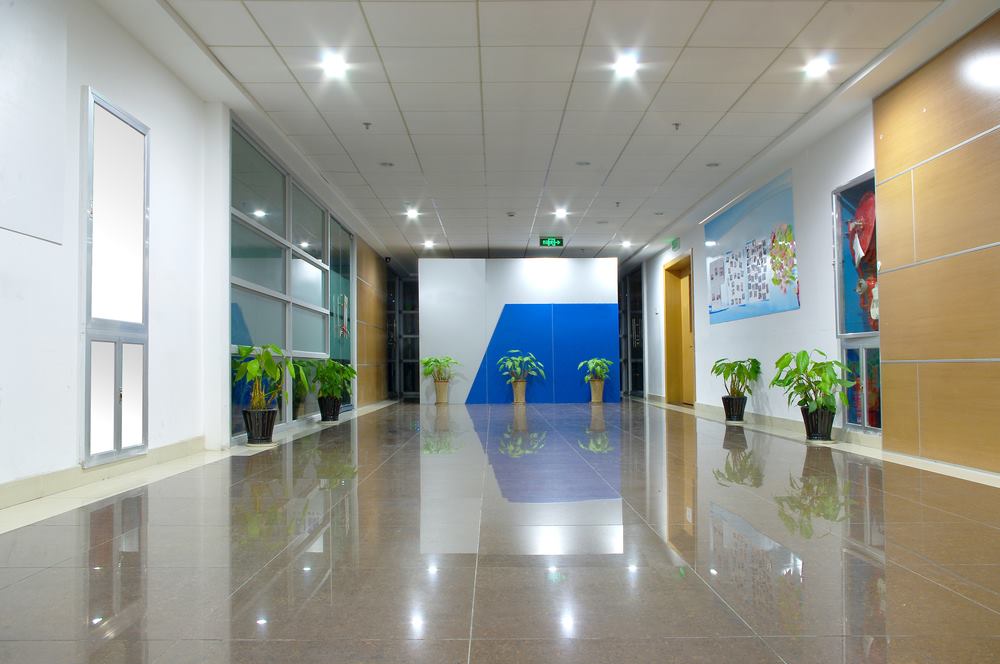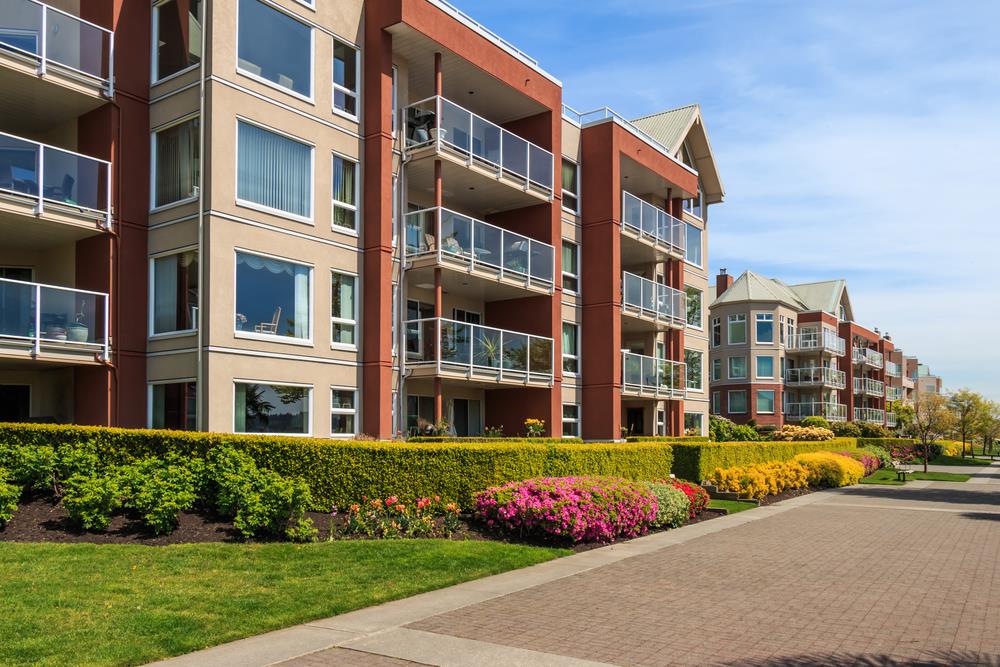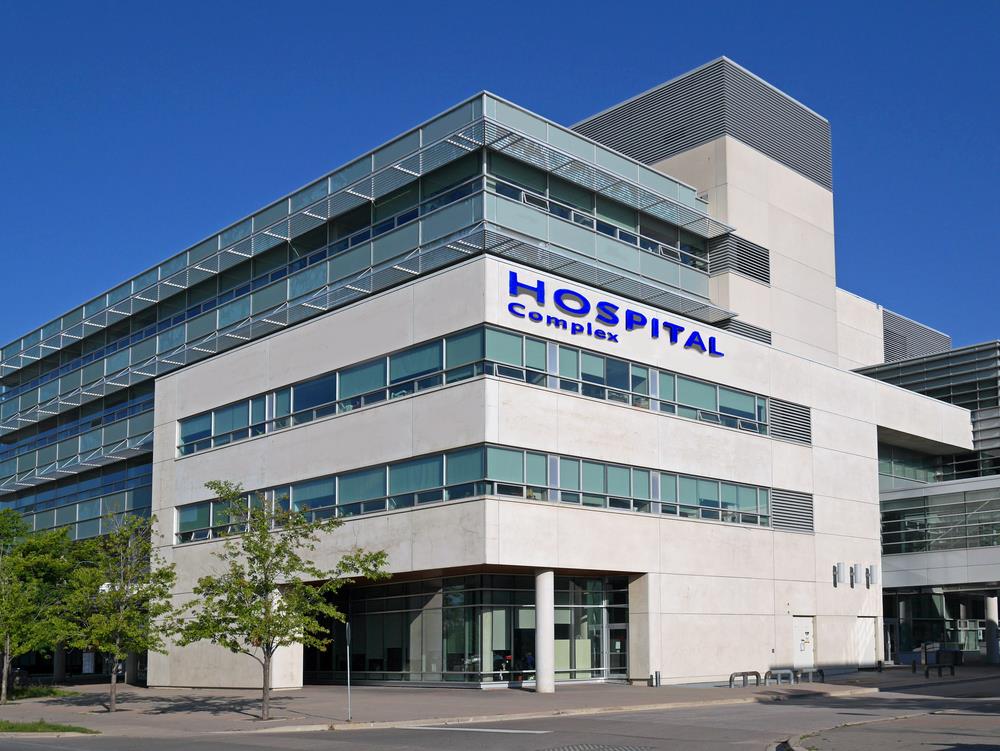
When we think of a commercial building, often what comes to mind are large shopping centers, stores, boutiques, shops, warehouses, and offices. We tend to connect the idea of business and money-making when we think about it. We also correlate successful names and establishments with top-quality commercial buildings.
Commercial buildings are probably as old as the invention of business and trade or came soon after. Small businesses may do well by delivering services or goods to the very doorsteps of clients. Well-known and highly sought-after products and services, however, need a commercial building at a fixed location where customers can avail of them.
The industry of commercial real estate, however, is highly precise and defines these types of properties very well.
The types of commercial real estate include:
Office

The first and, perhaps, the most common type of commercial building is an office building. There are many types of office buildings and can range from small professional office buildings, single-tenant properties, up to towering skyscrapers.
Classification of Office Buildings
Office buildings have three subcategories:
Class A Office Buildings
Class A office buildings are the best there is. They have best materials, has stunning designs and built in the most strategic of locations. These buildings are the most expensive, as well, either to rent or to purchase. This is an example of top-quality commercial buildings.
Class B Office Buildings
Buildings that belong to this classification are not that bad. They may have a fantastic design and constructed with the best of materials but are only not in a desirable location.
Class C Office Buildings
There are the worst of office buildings. An office building in this class has both less desirable location and low-quality construction.
Building Location
The site of a building can further divide the type of office buildings in two:
Central Business District Buildings
These are office buildings in the center of the city. On large and medium-sized cities, office buildings are commonly highrises.
Suburban Office Buildings
Offices outside the heart of the city are called suburban office buildings. They are mid-rise structures with an area between 75,000 to 500,000 square feet. Like the Central Business District, suburban office buildings are commonly located in a single area with a campus-like setting.
Industrial Building
Although not directly involved with commercial activities, industrial buildings are a subtype of commercial buildings. They are structures involved primarily with production.
The size of these buildings ranges from small properties called “R&D” or “Flex” to enormous industrial buildings called “big box.”
Industrial buildings are further divided into four categories:
Heavy manufacturing

Large manufacturers mostly use this type of building. Often, these companies renovate these buildings extensively and re-purpose it to cater the production needs. It also contains lots of heavy equipment and machinery involved with the production so the building’s design must accommodate these.
List Assembly

This type of industrial building is commonly utilized for the assembly of electronic parts and storage purposes. Thus, this structure is a lot simpler compared to heavy manufacturing. It is large, but it is not designed in such a way as to accommodate heavy and bulky equipment.
Flex Warehouse
The term flex refers to the ability of this structure to be easily and readily configured and converted for other purposes. Usually, these buildings include both office and industrial spaces.
Bulk Warehouse

These properties are among the most enormous. They typically range, in size, from 50,000 to a million square feet. They are in a strategic location for easy access by truck to highway systems. Bulk warehouses are used for regional distribution of products.
Retail/Restaurant

There are among the most recognizable of commercial buildings because they are the most accessible to end users. It could be a retail store or even a restaurant. Furthermore, these types of structures vary in size, design, and location. Demand and the kind of customer they target significantly determines this variation.
Multifamily

These structures are for dwelling. They are still commercial rather than residential because of the original nature and purpose of its existence—that is, to be financially productive. Also, among the types of buildings in this category are high-rise apartment buildings or apartment complexes. If a building is larger than a fourplex, then it falls into this category.
Miscellaneous

The rest of the commercial types of buildings that do not come into any category mentioned above fall on this. These are non-residential properties such as sports facilities, public houses, and hotels. These can also be buildings for health care such as hospitals, nursing homes, and medical centers.
Conclusion
The core concept involved in a commercial building is its ability to promote cash inflow for the owner. The inflow can be from operating expense recoveries, fees, proceeds from the sale, rent, tax benefits and tax credits.
If you’re planning on starting a business or investing in real estate, then a basic knowledge about the different types of commercial buildings is essential and handy.
References:
http://www.propertymetrics.com/blog/2013/02/27/types-of-commercial-real-estate/
http://www.encyclopedia.chicagohistory.org/pages/316.html
https://en.wikipedia.org/wiki/Commercial_property
https://heritage.utah.gov/history/commercial-public-industrial-building-types

Leave Your Comments